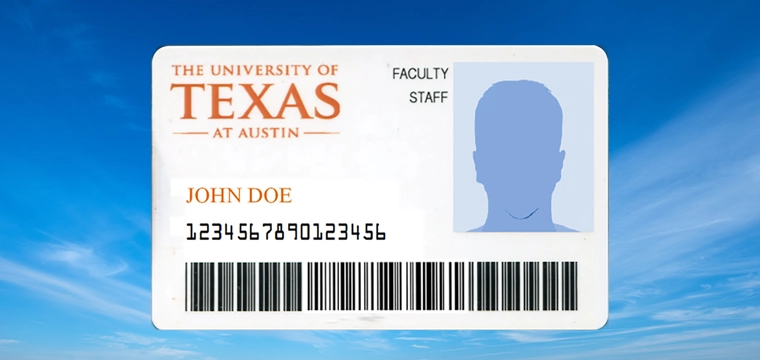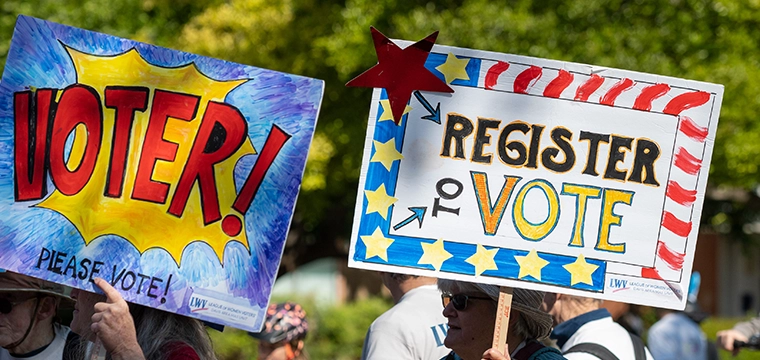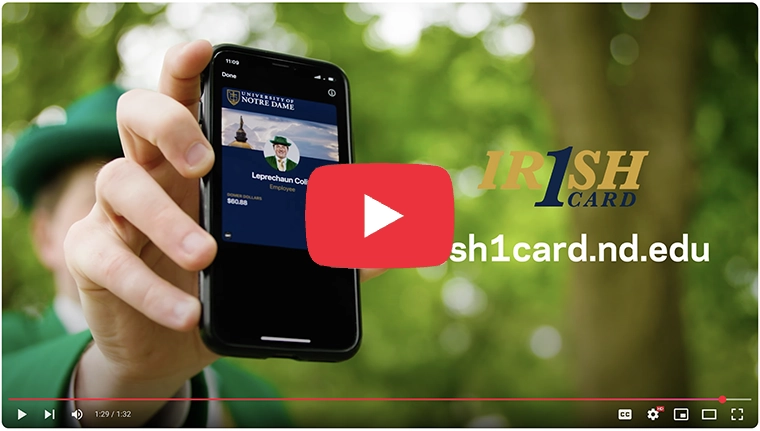 Fee-free checking, online banking, and more have become standard fare
Fee-free checking, online banking, and more have become standard fare
Students, like other customers, are expecting more and more services from their financial institution. And banks are working hard to find attractive offerings and competitive pricing to meet these new demands. Recent research and studies of student banking habits lend insight into this trend.
Don’t charge me for my checking account
Fee-free checking is one method that banks – those on campus or in a college community – are using to attract more student customers.
An article in last year’s Retail Banker International on student banking in the U.S. noted that banks “are turning to fee-free product offerings” to attract more student customers. Some of the larger banks provide free checking services to students only if their parents are already customers. Upon graduation, the student accounts often revert to standard accounts. For example, the article notes that one bank rolls a student’s account over to a basic banking account on the individual’s twenty-fourth birthday. Another, the article adds, automatically reverts its student account to a direct deposit account after five years.
Some banks have no minimum deposit requirements, others, $50 to $100; others have no minimum balance mandates either, according to the Retail Banker International article. One bank offers a fee-free checking account for the first five years as long as there is at least one monthly direct deposit or if the student’s parents have an account there.
Online banking is becoming a “must” for students
Brick and mortar campus branch banks aren’t necessarily the only option for students. Online banking is another viable choice and, according to a recent J.D. Power and Associates study, many bank customers prefer online banking to face-to-face interaction with a teller.
Quoting transaction times that are nearly three times faster than physically visiting a bank, the Power report, 2006 Retail Banking Satisfaction Study, concluded that online banking is the preferred transaction method among many customers.
This first-ever study by J.D. Power focused on performance among the nation’s largest banks, analyzing the retail banking experience from two points of view – customer satisfaction and customer commitment.
It’s no surprise that a customer’s interaction with a bank has the greatest impact on his satisfaction level. Comparing online and in-person transactions, the study found that the average online transaction takes just 2.8 minutes to complete, compared to 7.7 minutes of combined wait and transaction time with a branch teller. Online transactions received the highest marks in terms of satisfaction, even though this type of transaction is still conducted less frequently than the traditional in-person branch transactions.
Online banking also presents “a clear opportunity for banks to differentiate themselves from potential customers,” remarked Jeff Taylor, director of the banking practice at J.D. Power when the study was released. It used to be that free checking helped attract new customers, but 90% of the 12,904 households surveyed for the J.D. Power study reported already having that benefit. A significant majority, 94%, received free online banking and free debit cards.
The second part of the study, commitment, was designed to give banks a better picture of a customer’s revenue potential. Again, customer satisfaction was a major aspect influencing customer commitment to the bank, the study suggests. For example, customers with commitment levels in the top 25% use an average of 3.3 banking services, compared to 2.5 for those in the bottom 25%. Overall, the retail banking industry enjoys a commitment level of 28%, compared to 13%, on average, in other industries measured by J.D. Power.
A host of other services help differentiate one bank’s student offering from another …
There are other carrots banks are using to lure students.
One enticement is a fee-free credit card with low interest rates, which, according to the same article, many banks offer. However, the low APR is like an introductory rate, good for, say, the first six months. At least one bank rewards students with redeemable points on their credit card if they receive good grades. However, the same bank requires an annual student income of at least $8,000.
One bank used overdraft protection to reverse its declining student accounts. It offered an emergency use card good for a one-time refund of an insufficient funds charge, a stop payment fee or a charge for usage of a foreign ATM.
Banks are also getting quite creative in their attempts to attract students. Other programs include linking the bank’s web site to its scholarship program, offering free $1,000 financial aid drawings, tying debit cards to separate accounts for on- and off-campus use and even offering free downloads from iTunes if the student opens an account within a certain time period.
It seems that creativity may key to attracting student accounts but quality service and competitive pricing is still required to keep them as clients.




